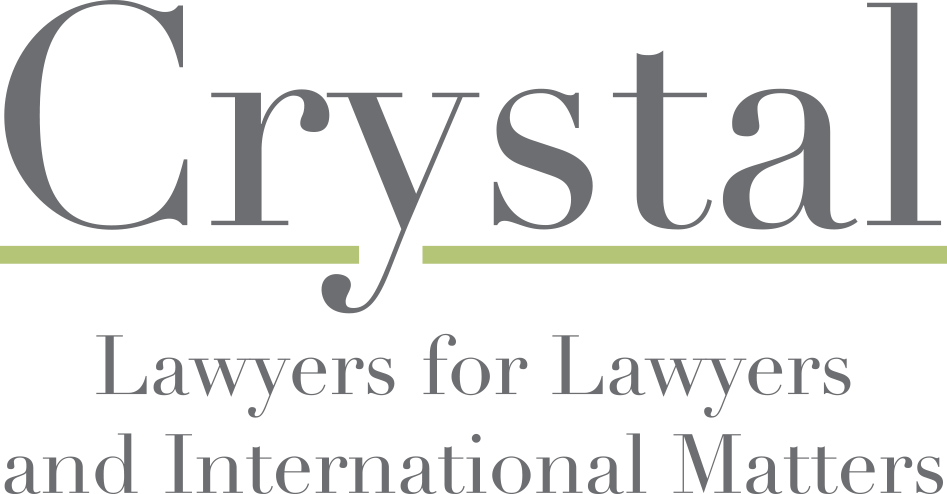
We live in the age of “disruption.” … Can we understand what is happening in the legal services industry, and can we envision where these developments are likely to lead so that we can begin to prepare for the future? Perhaps surprisingly, some interesting answers come from Utah where a working group appointed by the state supreme court recently issued a major report: Narrowing the Access-to-Justice Gap by Reimagining Regulation (August 2019) (“Utah Report”).
Reading the report three characteristics of the market for legal services stand out:
First, a vast unmet need for legal services exists – the “justice gap” as it is often called. The Legal Services Corporation, the federally funded provider of legal services to low-income individuals in civil cases, reports that “86% of the civil legal problems reported by low-income Americans in [2016–17] received inadequate or no legal help.” The Justice Gap: Measuring the Unmet Civil Legal Needs of Low-income Americans (June 2017). The World Justice Project ranks the United States as tied for 99thout of 126 countries in terms of access to and affordability of Civil Justice. See Measuring the Justice Gap (February 2019). Access-to-justice issues are not simply an issue for low-income individuals; the problem affects many small businesses as well. See Anatha Hartmann, How the Access-to-Justice Crisis Affects Small Business Owners (online).
Second, the market for legal services is being disrupted in numerous ways. It used to be the case that the legal profession and methods of delivery of legal service were largely one-and- the-same. The legal profession consisted of lawyers practicing under rules adopted by state courts; the method of delivery involved clients coming to lawyers through word-of-mouth recommendation or contacts built through social relationships. Today the structure of the legal profession itself is not radically different from what it was 100 years ago. Lawyers practice in various settings, but major law firms dominate the profession. Lawyers are bound by codes of ethics. These rules have been revised and updated to reflect some trends – for example, the revisions to ABA Model Rule 5.5 to deal in part with multijurisdictional practice – but at their core they remain very similar to ethics standards that have existed for decades. However, methods of delivery of legal services are changing radically. …
Third, the current regulatory structure for the legal profession can be characterized as court-centered and protectionistic of both clients and lawyers. In most states, like South Carolina, regulation of the legal profession rests with the highest court in the state. Courts promulgate a wide variety of rules regulating the profession, beginning with rules for admission to practice and continuing with the rules of professional conduct governing ethical obligations of lawyers while practicing and the disciplinary process to sanction or remove lawyers who engage in misconduct. State supreme courts also regulate the practice of law by non-lawyers through the concept of the “unauthorized practice of law.” In some states, such as Virginia, the state supreme court has issued detailed rules regarding the unauthorized practice of law. SeeRules of the Supreme Court of Virginia on the Unauthorized Practice of Law,Part 6, §1 (effective July 1, 2019). The South Carolina has eschewed promulgation of detailed rules on unauthorized practice, opting instead for case-by-case determinations of when conduct by a nonlawyer is the unauthorize practice of law. See In re Unauthorized Practice of Law Rules Proposed by the South Carolina Bar, 309 S.C. 304, 422 S.E.2d 123 (1992). When courts promulgate rules governing lawyers they almost always are based either explicitly or implicitly on the “protection of the public.” Take at random any rule issued by the supreme court regulating lawyers and the primary justification will almost always be protection of the public. When the court issues decisions on the unauthorized practice of law, the same justification of public protection is frequently articulated. However, in the case of regulation of the unauthorized practice of law, another form of protectionism is below the surface: protection of the legal profession from nonlegal competitors such as internet document preparation services or closing agents. See Nathan M. Crystal & Grace C. Giesel, Professional Responsibility: Problemof Practice and the Profession 575 (7thed. 2019).
Three conclusions showing the inadequacy of the current regulatory structure for delivery of legal services flow from and parallel the three characteristics of the market for legal services.
…
Read more in Nathan M. Crystal, Dealing with the Vast Unmet Need for Legal Services – Utah Steps Up, Ethics Watch in South Carolina Lawyer, November 2019.
